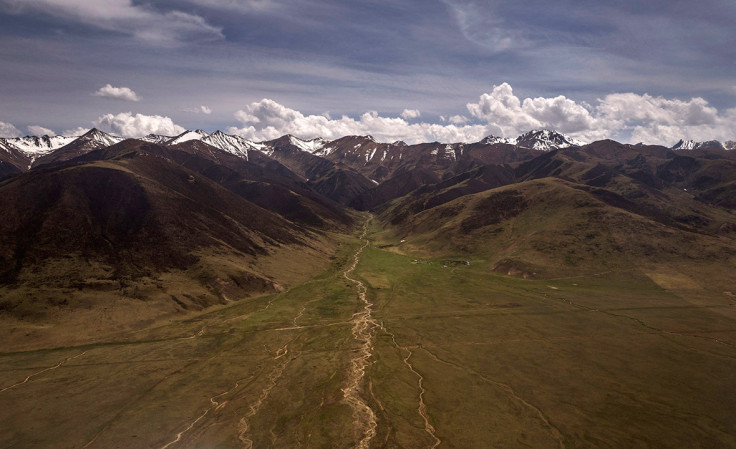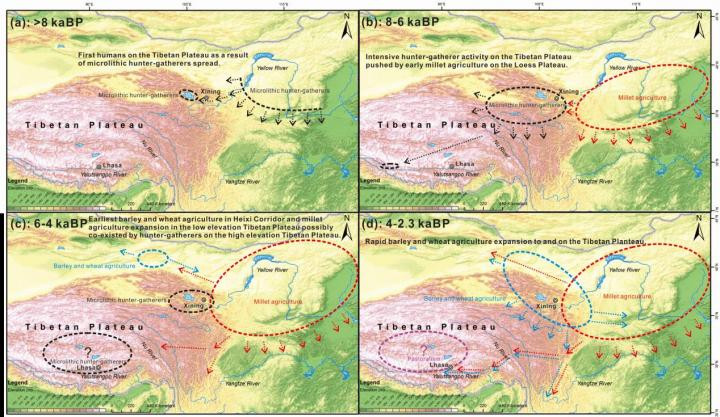How did prehistoric humans occupy the Tibetan Plateau?
A new study seeks to address question marks over how human migration in the region occurred.

The vast Tibetan Plateau, sometimes known as the "Third Pole" because of its huge ice reserves, has long been of interest to researchers from various fields, especially with regards to its human history. Over the last few decades our understanding of this history and the human occupation of the region has improved due to progress made in archaeological, genetic and earth science studies.
However, there is still considerable debate about how and when exactly the occupation occurred.
In an attempt to address this, a new study published in Science China: Earth Sciences undertook a comprehensive review of previous research on the human history of the Tibetan Plateau and the nature of human adaptation to the high elevation environment.
The team was led by Lanzhou University, the Gansu Provincial Institute of Cultural Relics and Archaeological Research, the Qinghai Provincial Institute of Cultural Relics and Archaeological Research and the Tibetan Cultural Relic Conservation Institute.
In reviewing previous studies, the team, were able to reconstruct the history of human migration in the area, suggesting that the first people arrived in the relatively low elevation Northeastern Tibetan Plateau from the adjacent Western Loess Plateau, before moving further south to the central plateau.
The researchers have broken this process up into four stages. Firstly, as the local climate improved during the Last Deglacial period – spanning 15,000 to about 11,600 years ago – Paleolithic hunter-gatherers, with well-developed stone tool technology, spread into the Northeastern Tibetan Plateau. Then, Epipaleolithic hunter-gatherers dispersed into the northeastern and interior plateaus during the early-mid Holocene – 11,600 to 6,000 years ago. This movement was possibly accompanied by the development of cereal and grain agriculture in the neighbouring low elevation regions.

The third phase, which took place during the mid-late Holocene – 6,000 to 4,000 years ago – witnessed Neolithic farmers spread further into the river valleys of the northeastern and southeastern plateaus. The last stage of the migration, which occurred between 4,000 and 2,300 years ago, was marked by Bronze Age barley and wheat farmers continuing their settlement of the high elevation regions of the Tibetan Plateau, especially after 3,600 years ago.
As well as stimulating further research on the topic, the conclusions are of significance for studies of the adaptation of humans to other high elevation environments.
© Copyright IBTimes 2025. All rights reserved.





















